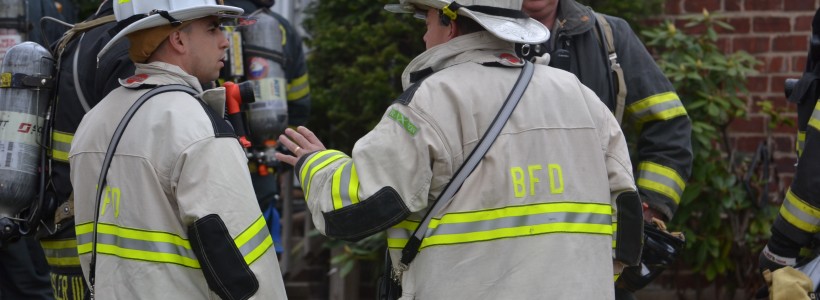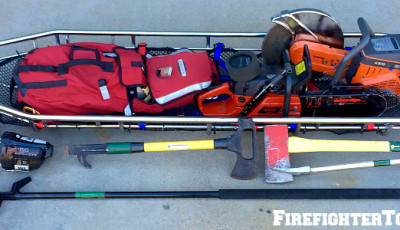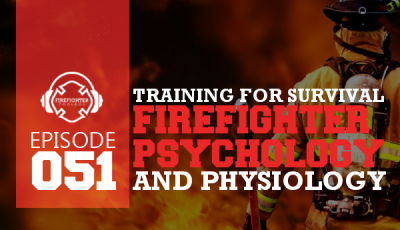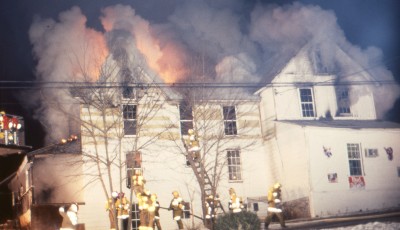Managing The MAYDAY- Part 1: Incident Command Priorities
Remain Calm & Composed
First and foremost it’s imperative to remain calm. This is easier said than done especially since the firefighter is one of your own. Remember, if you start screaming and losing your bearing on the radio it will invite everyone else to do the same. Keep a cool, calm, and collective command presence, this will show confidence in your actions. Acknowledge the MAYDAY and follow the departments SOG’s in regards to activating the Rapid Intervention Crew (RIC).
Task Assignments
Once the Mayday has been acknowledged and the RIC activated there are many other functions that must be managed. Initiate a Personal Accountability Report (PAR) from all units operating on scene to ensure everyone is accounted for and strike another alarm. Get more resources to you as quick as you can. Since the RIC was activated make sure to call for another team to back them up if one isn’t already on the way. The key is to maintain operational discipline. Fire suppression functions must continue to be completed. Those very actions are just what might be keeping the troubled firefighter alive.
ICS Management
How many times do we see pictures of command posts with three or four white helmets collaborating and determining strategy? As the IC, put these officers to work for you on the fireground. Remember the ICS and NIMS training that was drilled into our heads. Break up the scene into manageable divisions and groups. Increase safety and accountability with more sets of eyes looking out for the firefighters from all angles. Size-up will always remain a continuous action but the incident action plan can also change from minute to minute. Review, evaluate and revise accordingly.
I have reviewed many MAYDAY after action reports and noted within those investigations were incident commanders who failed to delegate the RIC operations to another officer. This created confusion and sensory overload to just on incident commander. I have said this before and will continue to say it until proven otherwise; I don’t care how good you think you may be, you can’t manage both the fire and RIC operations effectively.
These three topics are vital to the success of any emergency situation. They become even more crucial when the emergency involves one of our own. Do not develop the mentality that this can’t or won’t happen here in my department, or my crew. Remain vigilant and unwavering in your resolve to continue to train and be combat ready. Other people’s lives depend on it.
A man has to learn that he cannot command things, but that he can command himself; that he cannot coerce the wills of others, but that he can mold and master his own will: and things serve him who serves Truth; people seek guidance of him who is master of himself.
-James Allen
Part 1 of 3









Where I operate a Rapid Intervention team request is a mutual aid from another neighboring department. More often than not the RIT comes with a chief or two from that department. I always let them take care of rapid intervention. Also at the same time when I transmit a working fire along with the rapid intervention team I also get an engine and ambulance to “back fill” quarters. If I need to put the FAST truck to work I have that standby crew brought up to the scene as my second rapid intervention team. Great article, and great food for thought.
Just wondering on what your thoughts are with regard to the make up of the RIC. What are the advantages and disadvantages of either having a truck company or engine company to form the RIC, or simply what your preferences are?
John – Thanks for the comment! I truly believe that a crew of 1 & 4 is more than sufficient to make up a RIC team. That would be an officer and 4 firefighters that have been trained in RIC operations. This is not a time for learning on the job. As far as the apparatus that responds, I have seen all kinds (Rescue, Engine, Truck) in use. I feel that a truck would be the most beneficial apparatus because of the tools it carries. I have seen other departments set up a cabinet on their respective apparatus with all the tools, radios, etc.. so all the RIC needs to do is open up the cabinet and the tool cache is ready to go. I hope this helps. Be safe!
Chief – Thanks for the feedback brother, it’s appreciated. What we try to do in our department is utilize the fourth due engine as the RIC team. They are dispatched on the initial box and are there in a few minutes as opposed to relying on mutual aid and waiting. Most mayday’s occur within 5-10 minutes of initial fire suppression activities and having the RIC in place early is essential. Again, thanks for the comment, be safe!
John thanks for the great insight
Pingback: Managing The MAYDAY – Part 2: RIC Officer Priorities | FireFighterToolBox
Pingback: Managing The MAYDAY – Part 3: Crew Responsibilties | FireFighterToolBox